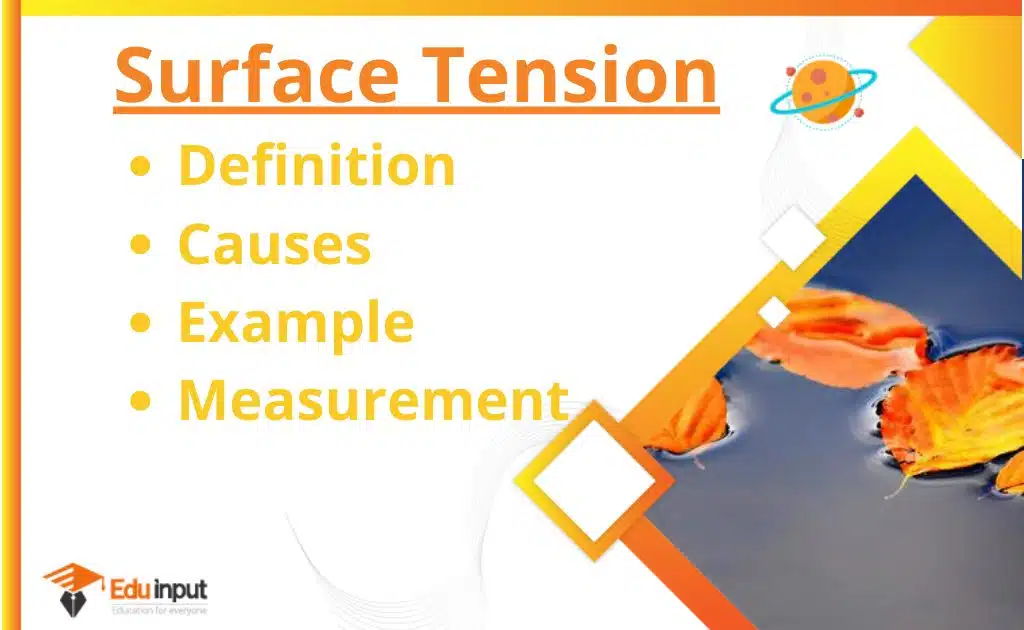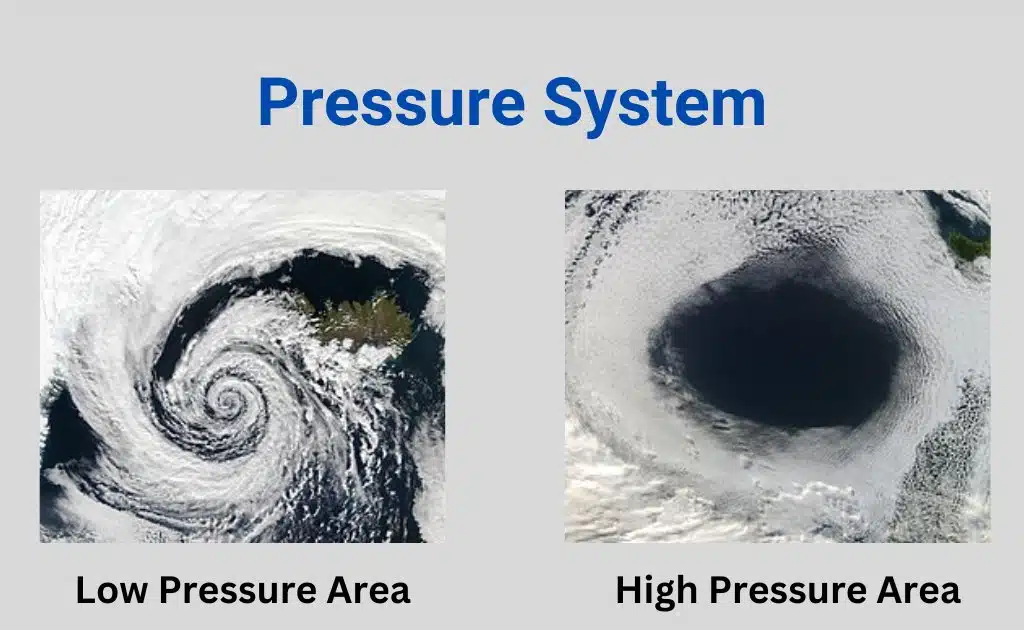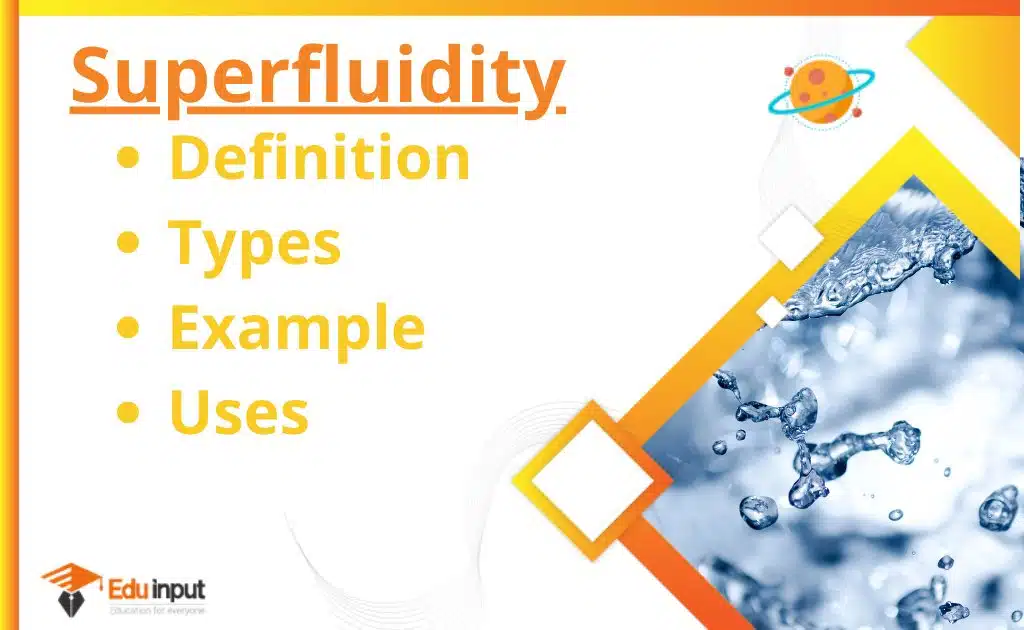What is Fluid Flow?-Definition, And Types
The motion of a fluid that is subjected to unbalanced forces is referred to as fluid flow. fluid flow deals with the dynamics of the fluid and is mostly a part of fluid mechanics.
What is fluid flow?
It is possible for fluid flow to be steady, instead of certain, and non-viscous. The velocity of the fluid is constant in the case of steady fluid flow at any point. In the case of fluid flow that is not stable, the velocity of the fluid can change between two points. The measurement of the thickness of the fluid is known as viscosity, and there are many different types of fluids that can be measured.
In the case of uniform flow, the velocity of a flow at any instant time should be the same in terms of both magnitude and direction between any two points, but in the case of non-uniform flow, the velocity changes from point to point at any instant time.
Types of fluid flow
There are two types of fluid flow
- Streamline Flow
- Turbulent Flow
Streamline flow
Streamline flow is a term used in hydroponic gardening to describe the process of water movement through the system. In order for a plant to receive the necessary amount of oxygen and nutrients, they need to have access to air and water.
When using a streamlined flow system, the water moves through the system in a circular motion, making sure that the roots of the plant get enough oxygen and nutrients while not wasting any water. There are different types of streamlined flow systems, including gravity-fed, submersible pumps, and aeroponics.
Gravity-Fed Systems
In a gravity-fed system, the water flows down from the top of the tank to the bottom and then back to the top again. Gravity does the work of moving the water around the system. As long as the water level remains constant, the water will move around the system without much effort. The only problem with this method is that if the water level drops too low, the roots of the plant may drown. If the water level gets too high, the roots of the plants could dry out.
Submersible Pumps
A submersible pump is a type of pump that sits below the surface of the water in the reservoir. These pumps use electricity to create a vacuum inside the pump, pulling the water up through the tubing and out of the reservoir.
Submersible pumps do not require electricity to operate, but they are often used in conjunction with solar panels to generate power. Because these pumps sit under the water, they are able to provide consistent water pressure throughout the entire system. However, submersible pumps are expensive and can cost hundreds of dollars.
Aeroponics
Aeroponics is a type of hydroponic gardening where the roots of the plant are suspended above the water in a mist of nutrient solution. Aeroponics uses a fan to blow air over the roots of the plant. As the air passes through the roots, it picks up moisture and nutrients. The roots of the plant take in the nutrients through their root hairs. This method is commonly used in commercial farms to produce crops. However, it requires specialized equipment and is difficult to maintain.
Turbulent flow
Turbulent flow is a type of fluid motion where the particles move around randomly without any pattern or order. Turbulence occurs when the fluid’s velocity changes rapidly over short distances. Turbulent flow is what happens when the water in your toilet flushes.
In turbulent flow, the pressure difference is not constant throughout the entire container. Instead, the pressure difference varies rapidly and unpredictably. As a result, the liquid moves in unpredictable directions, making it difficult to predict how much time will pass before the liquid reaches its destination.







Leave a Reply